Dinosaurs are a diverse group of terrestrial animals that appeared in the Mesozoic Era and are also the most famous ancient creatures within the scope of human cognition. It first appeared in the Triassic period 230 million years ago. During the Jurassic and Cretaceous periods, it dominated the global terrestrial ecosystem for 140 million years and set foot in the sky and oceans. There are many different theories as to why they became extinct. This article will introduce to you the 10 most accepted conjectures about the mystery of the extinction of the dinosaurs. These conjectures include continental drift, climate change, meteorite impacts, volcanic eruptions, angiosperm poisoning, species competition, ocean ebbs, geomagnetic changes, etc. Let’s take a look!

1. Continental drift theory
According to geological research, during the era of dinosaurs, there was only one huge continent on the earth, called "Pangaea". However, due to changes in the earth's crust, this continent experienced huge divisions and drifts during the Jurassic period, which led to drastic changes in the environment and climate, and ultimately led to the extinction of the dinosaurs.
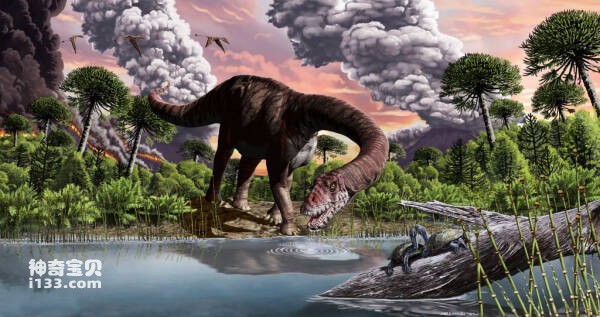
2. Climate change theory
About 65 million years ago, the earth experienced dramatic climate changes, which led to a sharp drop in temperature and a decrease in oxygen content in the atmosphere, which posed huge challenges to the survival of dinosaurs. There is also a view that dinosaurs, as cold-blooded animals, had no hair or warm-keeping organs on their bodies, so they could not adapt to the sudden drop in the earth's temperature, and were eventually troubled by the cold and froze to death.
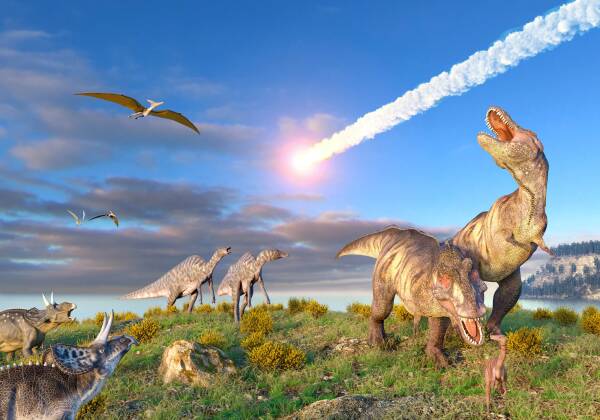
3. Meteor impact theory
According to leading conjectures, the extinction of dinosaurs is closely related to meteorite impacts. It is believed that about 65 million years ago, an asteroid about 10 kilometers in diameter and about the size of a medium-sized city fell from the sky. It hit the earth and formed a huge crater, releasing a large amount of dust at the same time, causing the polar ice and snow to melt and destroy plants. The volcanic ash drifted and blocked the sun, the temperature dropped sharply, rainfall was intense, flash floods and mudslides spread, and the dinosaurs were involved and buried. For months or even years, the sky was still shrouded in dust and smoke and dark clouds, and the earth became colder due to the long-term absence of sunlight. This made it difficult for the dinosaurs to adapt to this drastic environmental change and gradually died, marking the end of the dinosaur era.
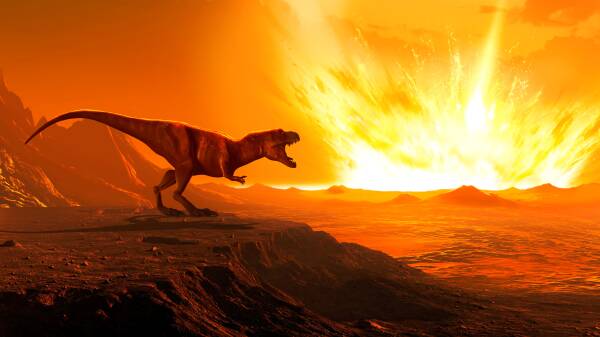
4. Volcanic eruption theory
Due to volcanic eruptions, large amounts of carbon dioxide gas were released into the atmosphere, triggering a severe greenhouse effect and causing large-scale death of plant populations. At the same time, volcanic eruptions also caused the rupture of the ozone layer, allowing harmful ultraviolet rays to irradiate the earth's surface, causing devastating effects on dinosaurs and other creatures. In addition, volcanic eruptions may have triggered strong acid rain at the end of the Cretaceous, which dissolved trace elements in the soil. Dinosaurs directly or indirectly ingested these harmful substances through drinking water and food, causing acute or chronic poisoning and dying in batches.
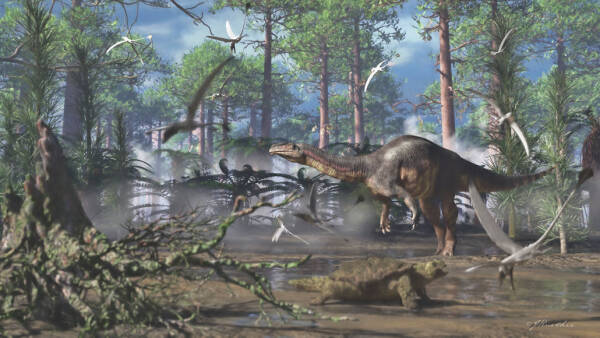
5. The theory of angiosperm poisoning
At the end of the age of dinosaurs, gymnosperms gradually declined and were replaced by abundant angiosperms. These angiosperms contain toxins that are not found in gymnosperms. Because dinosaurs were so large and ate an astonishing amount of food, they ingested a large amount of angiosperms, which caused excessive accumulation of toxins in their bodies, eventually leading to their death from poisoning.
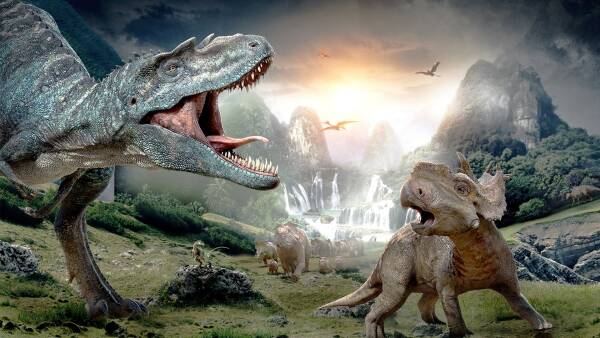
6. Species competition theory
At the end of the age of dinosaurs, the first small mammals appeared. These animals are rodent carnivores that may have fed on dinosaur eggs. Since they didn't have many natural enemies, their numbers continued to increase, eventually causing all of the dinosaur eggs to be eaten. Another view is that with the rapid increase in the number of dinosaurs, herbivorous dinosaurs became extinct when plant resources were limited. The carnivorous dinosaurs became manic due to lack of food and killed each other leading to their extinction.
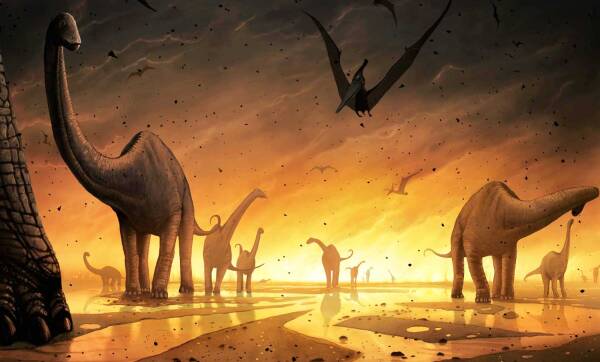
7. The theory of ocean ebb tide
Some scientists believe that when the ocean ebbs, the land touches each other, allowing previously unrelated organisms to come into contact with each other. This phenomenon causes changes in the food chain and may also lead to the spread of new diseases or parasites to each other, leading to the extinction of certain organisms. For example, kangaroos can survive on island continents like Oceania, but when they encounter other natural predators on the South American continent, they face the threat of extinction. Similarly, the dinosaurs may have encountered the invasion of never-before-seen creatures, diseases and parasites due to the low tide of the ocean, leading to their fate of extinction.
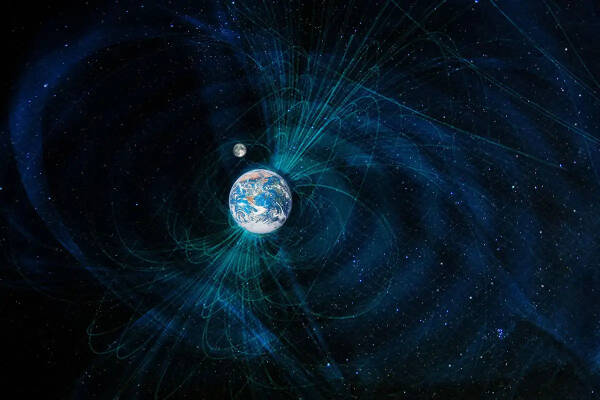
8. Theory of geomagnetic changes
Modern biology proposes a correlation between the death of some organisms and magnetic fields. Creatures that are more sensitive to magnetic fields may face the threat of extinction when the Earth's magnetic field changes. Therefore, it can be inferred that the extinction of dinosaurs may be closely related to changes in the earth's magnetic field.

9. The aging theory of species
Dinosaurs have existed on earth for more than 160 million years, which has brought their bodies to the end of evolution, but their brains have not evolved accordingly. The overpopulation of these giant creatures led to a ruthless competition for survival that ultimately led to their extinction. Therefore, some people believe that natural disasters are only the external reasons for the extinction of dinosaurs. The real internal reason is that dinosaurs have reached the limit of evolution and can no longer produce individuals that adapt to the new environment.
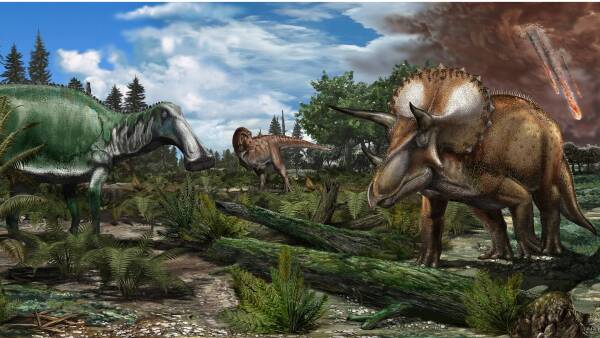
10. Disease epidemic theory
At the end of the Cretaceous, some scientists speculated that due to some reason (possibly a catastrophe), a variety of new pathogenic organisms that could overcome the general animal defense system suddenly appeared on the earth. This led to massive disease outbreaks that drove many animals with weak immune systems, such as dinosaurs, into extinction. As a result, only some species of cold-blooded animals with strong natural defense systems survived, while warm-blooded birds and mammals were more likely to escape misfortune because they had complete and efficient immune systems. They emerged in the later Cenozoic Era and became the new dominant species on Earth.
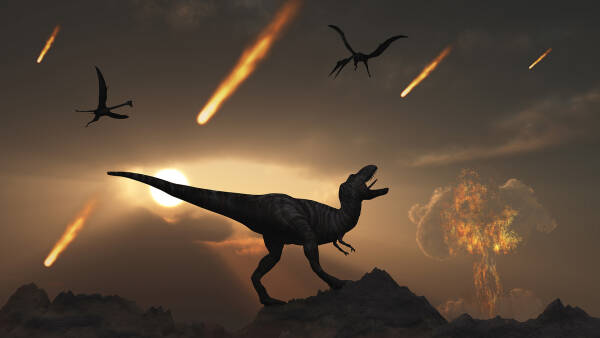
There are actually far more hypotheses about the reasons for the extinction of dinosaurs than the above. But the above hypothesis has considerable supporters in the scientific community. Of course, every statement has some imperfections. For example, the "climate change theory" does not clarify the specific causes of climate change. After research, it was found that some small coelurosaurs among dinosaurs were enough to compete with early small mammals, which exposed the shortcomings of the "struggle of species theory". In modern geology, the "continental drift theory" itself is still a hypothesis. The "Angiosperm Poisoning Theory" and the "Acid Rain Theory" also lack sufficient evidence support. Therefore, we still need to further explore the real reasons for the extinction of dinosaurs.
animal tags:
We created this article in conjunction with AI technology, then made sure it was fact-checked and edited by a Animals Top editor.